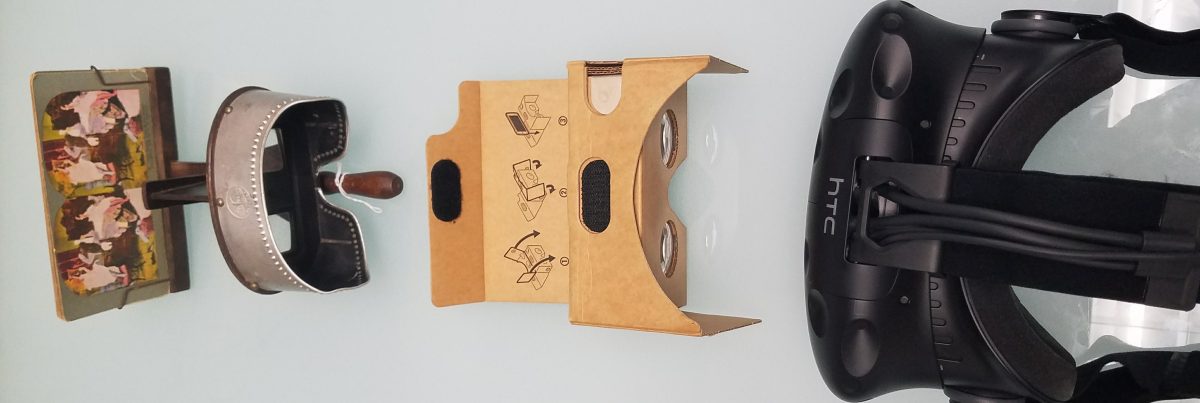Empathy is something that we learn over time with every choice we make. People often make empathetic responses to each other online, but some say that empathy has been declining in young people since we started using technology-based communication. Technology can also be what inspires empathy within young people. There was a study where over a thousand young adults were provided with a questionnaire that provided them with questions that asked about their daily use of media, real-world empathy, virtual empathy, social support, and demographic information. The results had shown that people ended up spending more face-to-face time due to virtual technology. Virtual has been often to teach empathy within young people. There are many Virtual Reality applications that evoke empathy within young people.
For example, Jeremy Bailenson and his team ran a research project called “Empathy at Scale” that explored ways to design, test, and distribute virtual reality projects that help to teach empathy. The project put people in the perspectives of who the subjects were to better empathize with. The results were astonishing. Subjects who were viewing the perspective of a color-blind person were found to be twice as likely to help a color-blind person in real life.
Another example would be when the film producer Chris Milk had worked with the United Nations to create a virtual reality film called Clouds Over Sidra. In the film, you are inside a Syrian refugee camp and you will be shadowing the life of a 12-year-old girl named Sidra. She had been living there for over 18 months along with thousands of other refugees. While wearing the Oculus Rift, those watching the movies able to look around see children staring back at them. This made for a more empathetic experience.
I would like to create a choice-based adventure game. You are put into a virtual world where you can interact with objects and people. Soon you will be struck with radioactive lightning that changes your outward appearance to be disfigured and hideous. You will have to live out your life looking like a deformed monster. You will be given dialogue options and what you choose will determine how people will perceive you, a human or a monster.
Carrier, Mark. “Virtual Empathy: Positive and Negative Impacts of Going Online upon Empathy in Young Adults.” NeuroImage, Academic Press, 10 June 2015, www.sciencedirect.com/science/article/pii/S0747563215003970
Alsever, Jennifer. “Is Virtual Reality the Ultimate Empathy Machine?” Wired, Conde Nast, 10 Nov. 2015, www.wired.com/brandlab/2015/11/is-virtual-reality-the-ultimate-empathy-machine/.
